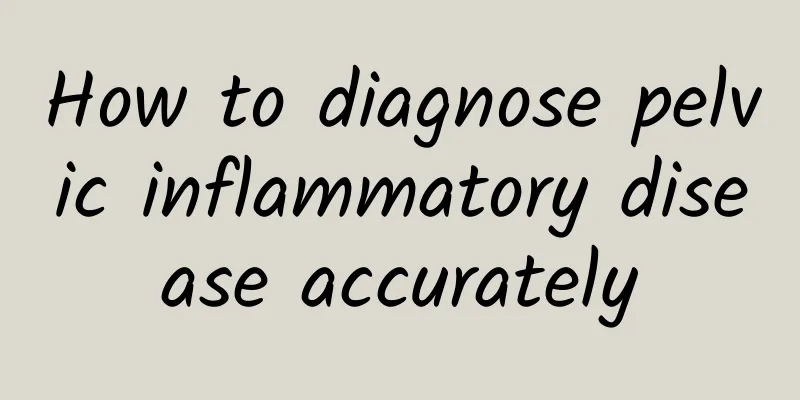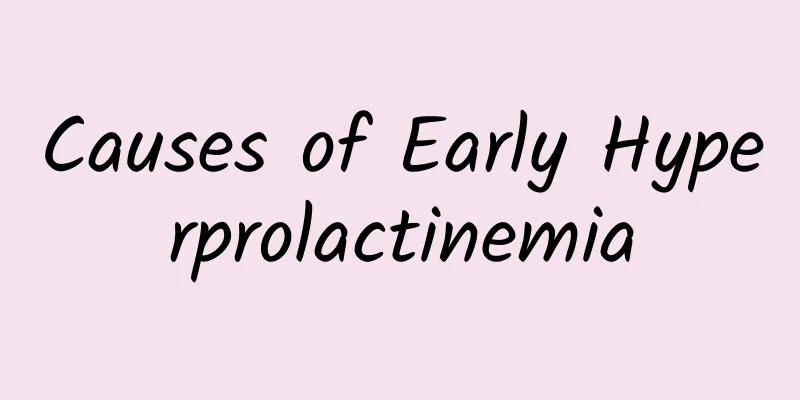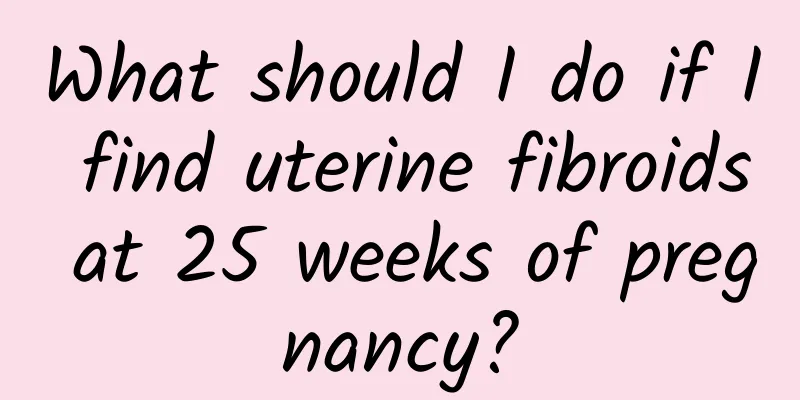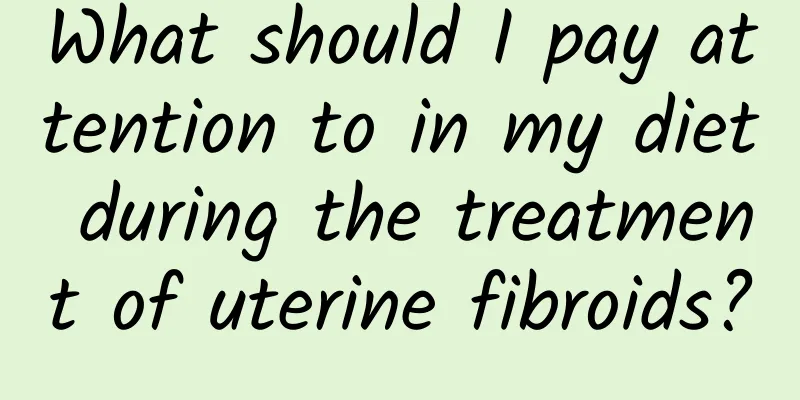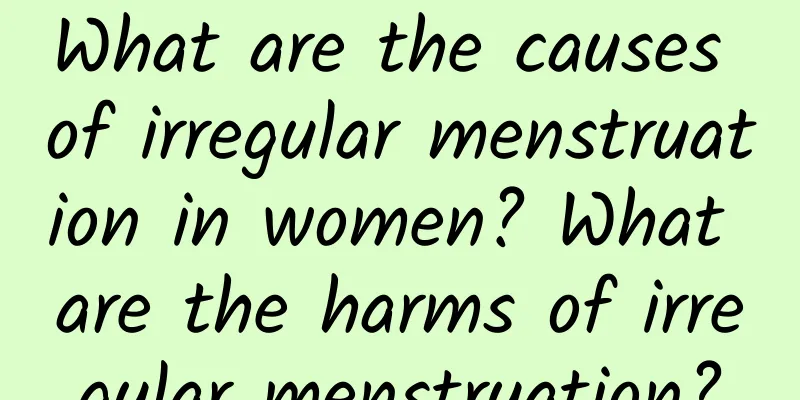How to use endometrial shedding method to stop bleeding in anovulatory functional uterine bleeding?

|
Lin Yi was diagnosed with anovulatory functional uterine bleeding due to menstrual disorders, which shocked her. If she didn't get a cure for the disease, she might not be able to have children in the future. So she begged the doctor to cure her disease. The doctor patiently comforted Lin Yi and told her that to cure the disease, the most urgent thing was to stop the bleeding first. So he used the endometrial shedding method to stop the bleeding, which worked really well. Anovulatory functional uterine bleeding is a disorder of ovulation function, which is common in adolescence and menopausal transition period, and can easily cause infertility. In clinical treatment, sex hormones are often used to stop bleeding, and endometrial shedding is one of the treatment methods: Endometrial shedding method is to use progesterone for treatment. Obviously, the pathological basis of anovulatory functional uterine bleeding is the lack of progesterone. Therefore, progesterone is used to convert the endometrium into the secretory phase. After stopping the drug, withdrawal bleeding occurs, just like an ovulation menstruation. When the old endometrium is completely shed and the new endometrium covers the wound, the bleeding will stop. Commonly used progesterone 20mg intramuscular injection, once a day, for 3~5 days. To prevent excessive withdrawal bleeding, testosterone propionate 25~50mg can be used in combination with progesterone. Other progestins can also be used, such as metizone tablets 200mg/d, used for 6d; antenatal progesterone 8rag/d, used for 7~10d; norethindrone (Fukang tablets) 5mg/d, used for 7~10d; megestrol acetate (Funing tablets) 8mg/d; used for 7~10d. Dydrogesterone tablets 10~20mg/d, used for 10d. Withdrawal bleeding usually occurs within 1 to 7 days after drug discontinuation. Sometimes the amount of bleeding is heavy and generally lasts for 7 to 10 days. If the bleeding is heavy, other hemostatic agents can be used as an adjunct. |
<<: What are the symptoms and signs of kidney yang deficiency and blood deficiency?
>>: Endometrial repair method helps stop bleeding in anovulatory functional bleeding
Recommend
What is the reason for recurrent cervical erosion?
As we all know, cervical erosion is a gynecologic...
What is the treatment plan for uterine fibroids? How to treat uterine fibroids
Uterine fibroids have no capsule, and their pseud...
Several foods that can assist in the treatment of pelvic inflammatory disease
Patients with pelvic inflammatory disease should ...
Can premature ovarian failure be cured at the age of 28?
The ovaries are important reproductive organs for...
Eating yogurt can enhance sexual performance! Beauty Research: Vanilla Flavor is the Best Choice
Are you still superstitious about folk remedies o...
What are the main causes of secondary dysmenorrhea?
There are two types of dysmenorrhea: primary dysm...
Can I get pregnant with an ovarian cyst?
Can I get pregnant with an ovarian cyst? Usually,...
Does cervical precancerous lesion of grade II require chemotherapy?
Does the second-grade cervical precancer require ...
Proper exercise for women can help prevent dysmenorrhea
The occurrence of dysmenorrhea has an impact on w...
Will eating guava seeds cause constipation? The truth of the matter is…
More C means more health. Vitamin C can protect c...
What is the reason for dull pain in uterine fibroids? What should I do if I have dull pain in uterine fibroids?
Uterine fibroids are common benign tumors in wome...
How many mm of uterine fibroids are recommended for surgery?
Uterine fibroids generally require surgery if the...
What are the complications of ovarian cysts and how much is the treatment cost?
What are the complications of ovarian cysts? How ...
Causes of multiple uterine fibroids
What is the cause of multiple uterine fibroids? U...
These diseases are also the cause of cervical hypertrophy
The cause of cervical hypertrophy is a topic of g...
